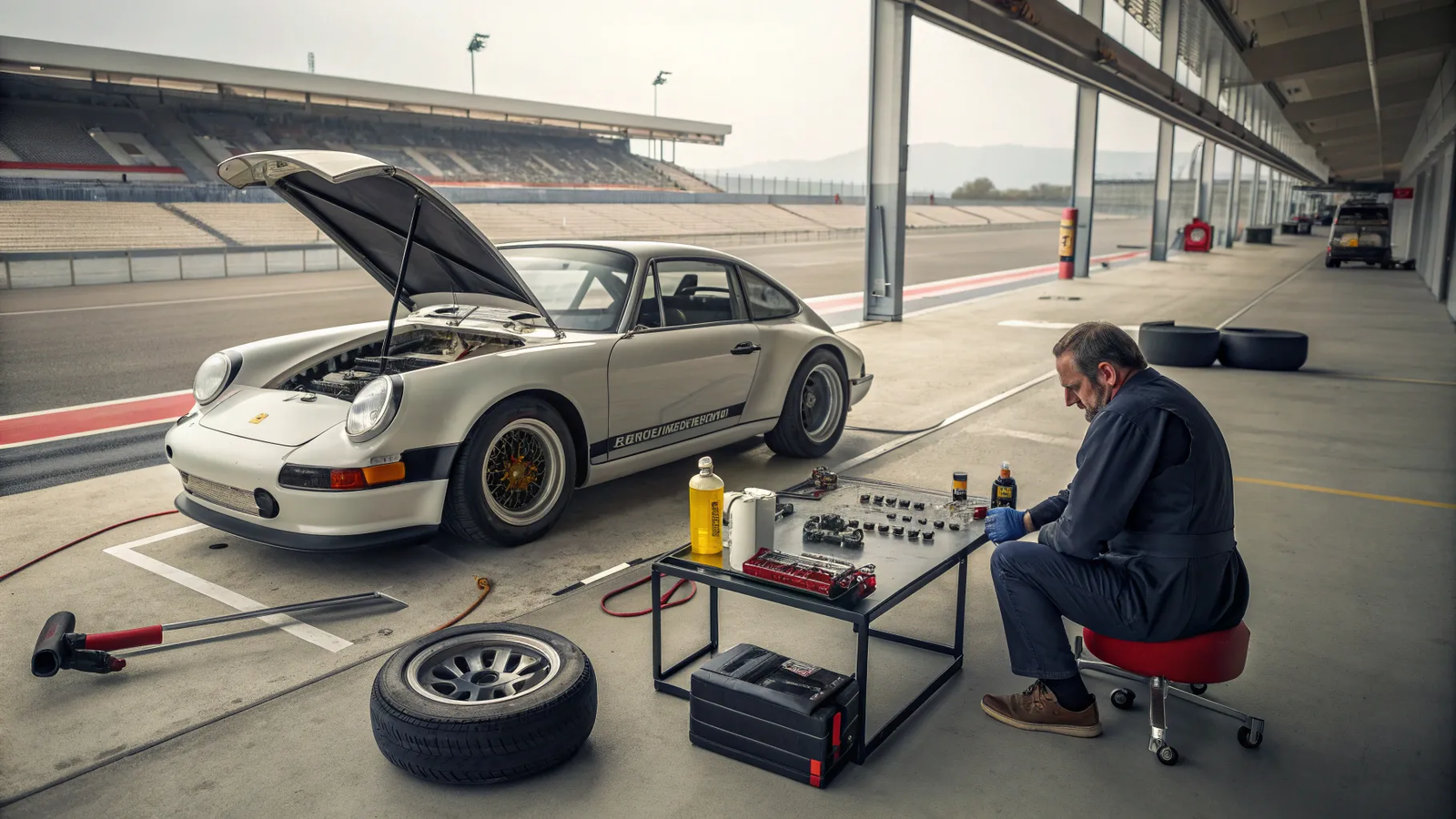
Your PCA track day checklist starts here. After 250+ Porsche Club of America HPDEs, I’ve distilled exactly what prevents early black-flags and ruined weekends: the right car prep, the must-have safety gear, smart packing, and one simple habit that keeps you from forgetting essentials. This guide walks you step-by-step through tech inspection basics, helmet and HNR rules, fluids and tires, plus the small tools nobody tells you to bring. Follow it the night before and again before you leave, and you’ll arrive confident, pass tech, and get the most out of every session—whether it’s your first day on grid or your fiftieth.
Table of Contents
- 🚗 Car prep: safety first (and don’t get sent home)
- 🪖 Safety gear & paperwork: what will literally save your life
- 👕 Clothing & personal items: what to wear and why
- 🥤 Hydration & food: don’t let lack of water ruin your day
- 🛠️ The stuff nobody tells you to bring (game changers)
- 🎒 How to pack and day-of checklist
- ✅ Pro tip: the checklist that saved my track weekends
- 🔚 Conclusion
- ❓ FAQ
🚗 Car prep: safety first (and don’t get sent home)
Your pre-event car check is as much about safety and compliance as it is about performance. PCA events normally require a tech inspection done by an approved shop within 30–120 days of the event (region specific; PCA national minimum allows up to 120 days). Don’t leave that to the last minute — I once missed a weekend waiting for brake pads.
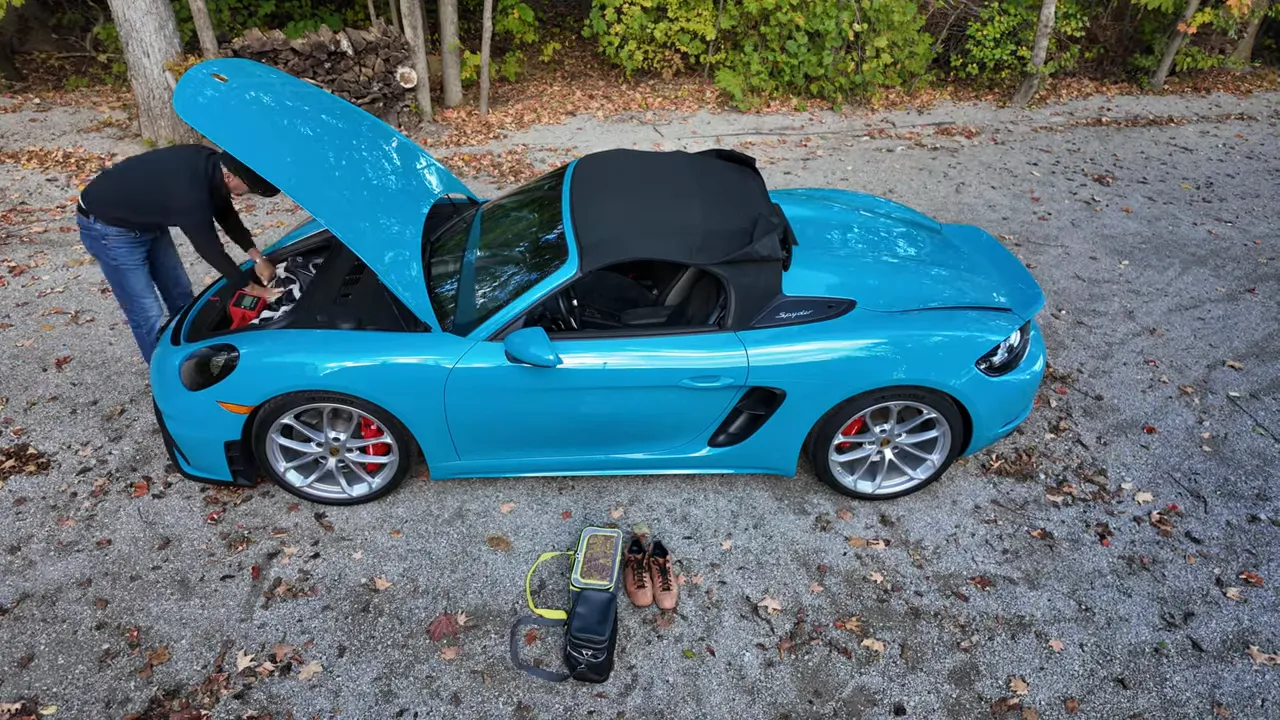
Before you drive to the track, do these checks yourself:
- Tech form: Bring the signed tech inspection form to the event — no form, no track.
- Oil level: Top to the full mark (not overfilled). And bring extra oil to the track — some cars use oil during a day of hard driving.
- Coolant: Top it off.
- Tire pressures: Start a couple PSI above manufacturer street pressure to even out wear on the way to the track. You’ll adjust at the track.
- Remove everything loose: Floor mats, spare tire, tools, phone mounts, baby seats, loose cups — projectiles at 120 mph are bad news.
- Brake pads and fluid: Replace pads if under ~50% thickness; change brake fluid if it hasn’t been bled in the past year.
- Tire age: Read the last four digits of the DOT code (WWYY — week and year). If tires are older than ~5 years, replace them. Tires harden and lose grip.
- Wheel nuts: Torque to factory spec and bring the wheel lock key.
- Tire sealant: Don’t plan to run a tire repaired with sealant on track — you’ll need to replace it first.
- Car numbers: Install them at home when the car is clean and dry. I use a vehicle-lettering shop to print mine in advance.
- Tow hook: Install the front tow hook by removing the bumper plug carefully — note some hooks are left-hand thread.
- Windows: Clean inside and out; apply Rain-X to external glass if rain is possible.
JACO Superior Products ElitePro Digital Tire Pressure Gauge
Check out this really cool thing
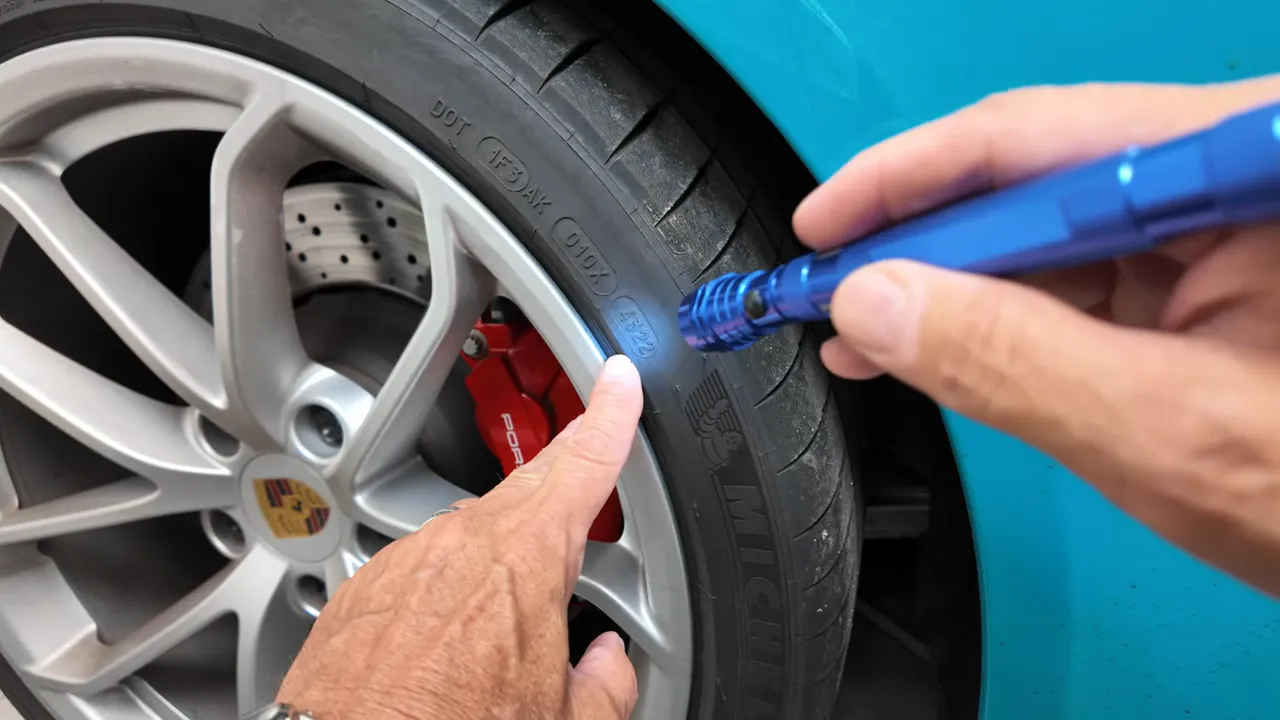
🪖 Safety gear & paperwork: what will literally save your life
There are no shortcuts here. Bring the right gear and bring it correctly installed.
- Helmet: Snell-certified; SA-rated is preferred. Per PCA’s 2025 minimum standards, M-rated Snell helmets are permitted (SA is suggested especially in higher run groups). Current SA standard is SA2020; many regions accept SA2015 through Sept 30, 2025, but after Oct 1, 2025 most PCA regions require SA2020 (or newer when available). Always check your event’s published rules.
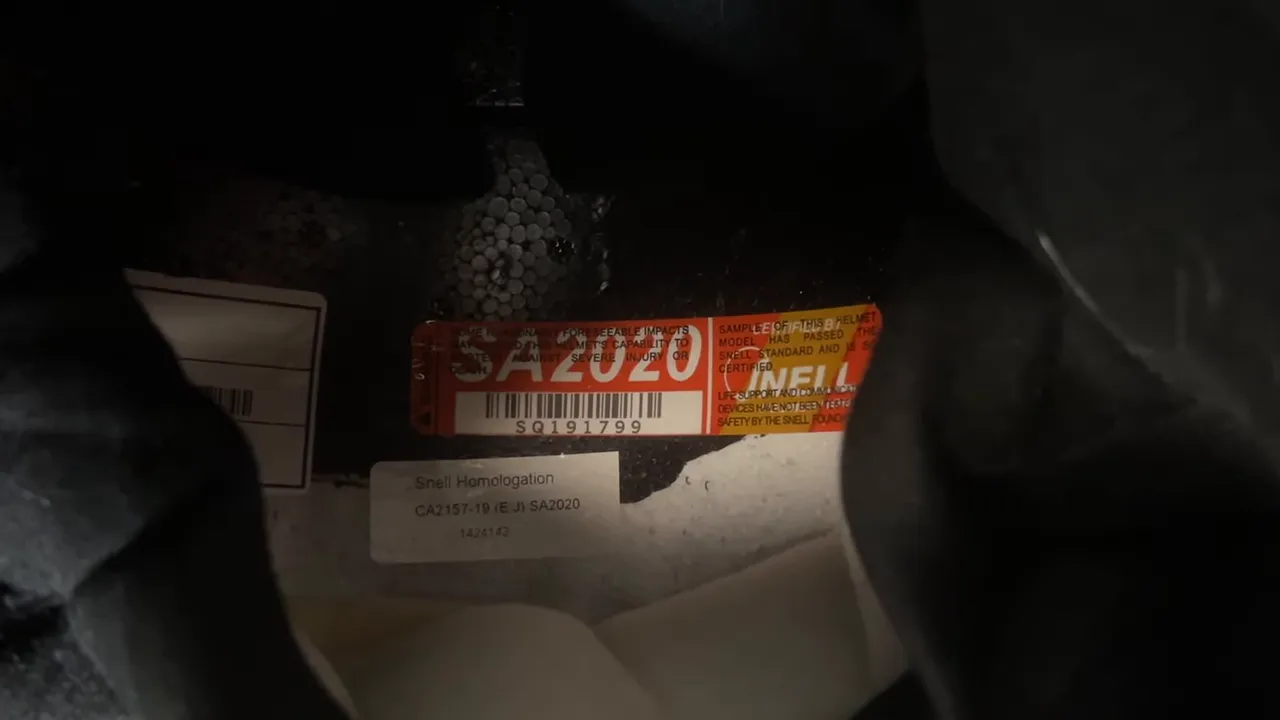
- Neck restraint (optional but recommended): I use the Simpson Hybrid Neck Restraint — it reduces the chance of serious neck injury in a big impact. If you run a 5-, 6-, or 7-point harness, a head-and-neck restraint is required under PCA rules.
- Fire extinguisher: Minimum 1 kg with a metal-to-metal mount, reachable from the driver seat.
- Paperwork: Signed tech form, driver’s license, PCA membership card, and driver’s logbook if your group uses one. No exceptions — forget one and you’re going home.
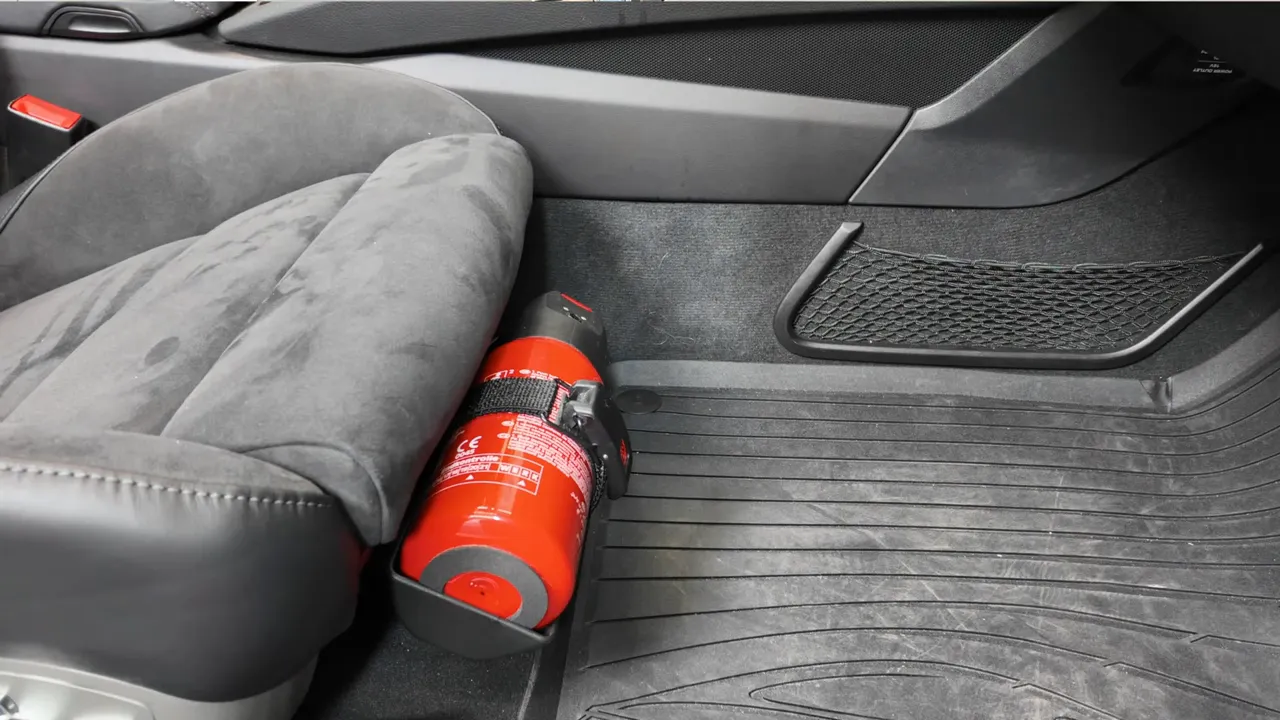
👕 Clothing & personal items: what to wear and why
Clothing rules are simple but critical for safety and comfort.
- Natural fibers only: Cotton or wool — no synthetics (polyester can melt if there’s a fire).
- Coverage: Long pants and long sleeves are safest. Some groups allow shorts or short sleeves, but sandals are always banned.
- Shoes: Thin-soled, closed-toe shoes so you can feel pedals — I prefer thin-soled Piloti-style shoes.
- Layers: Mornings can be cold standing on the grid, but you’ll heat up in the car. Bring a knit cap, gloves for cold mornings, and rain gear (waterproof jacket, pants, and hat) even if sunny.
- Sun protection: Quality polarized sunglasses (prescription if needed), a hat, and SPF 30+ sunscreen — you’ll be baking in the sun all day.
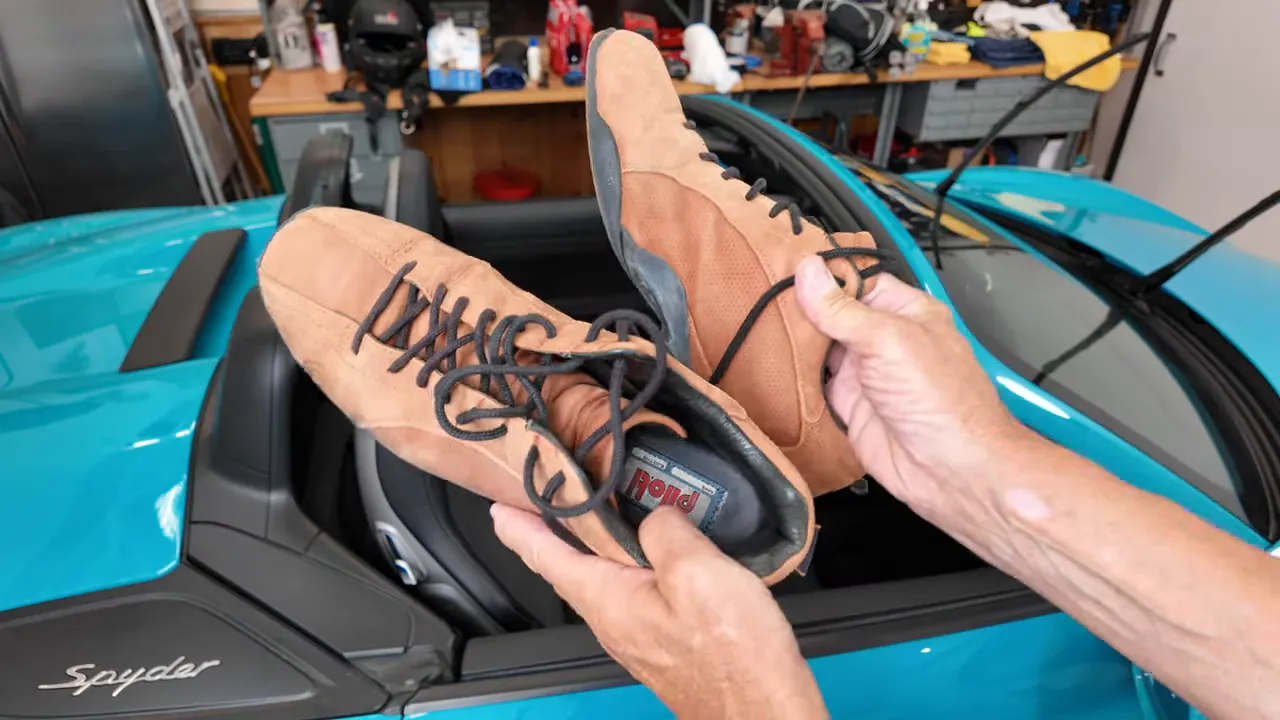
🥤 Hydration & food: don’t let lack of water ruin your day
Dehydration kills performance and decision-making. Bring more water than you think you’ll need.
- Cooler with ice or ice packs and plenty of water.
- Pack lunch or cash for the track restaurant — options are limited and expensive.
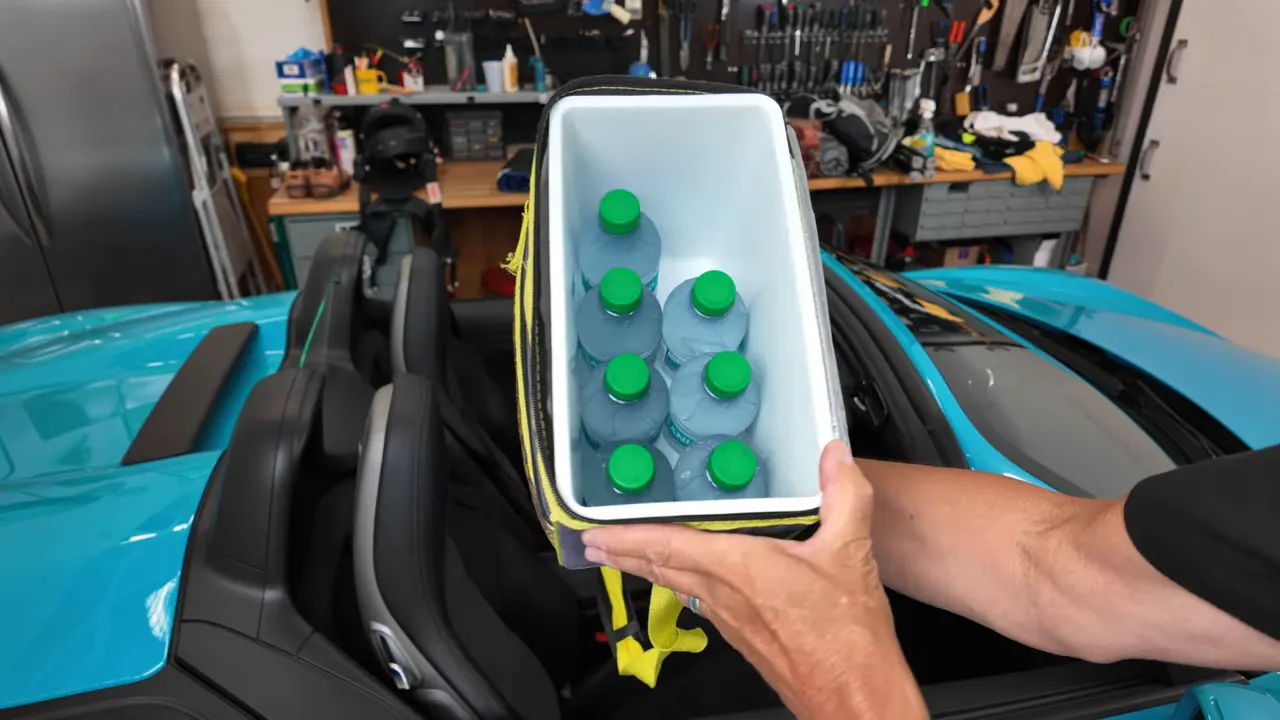
🛠️ The stuff nobody tells you to bring (game changers)
These are the small tools and items that save sessions and sanity.
- Portable battery-operated tire inflator — you’ll adjust pressures multiple times and need to reinflate for the drive home.
- Tire pressure gauge — accuracy matters.
- Jump starter / charging block — for dead batteries and phone charging (don’t lose the photos!).
- Torque wrench and correct socket — torque lug nuts to spec before the first session every day.
- Paper towels (whole roll) in a plastic bag — for oil checks and hand cleanup (microfiber is better for windshields).
- Duct tape, zip ties, knife, and blue painter’s tape — for quick repairs and temporary numbers.
- Small kids’ tent or cover — keeps gear dry and out of sight while you’re on track.
- Oversized umbrella — for rain and shade while working on the car.
- Folding chair — compact and comfortable for long waits between sessions.
- Glass cleaner and three microfiber towels: fluffy, glass-specific, and waffle weave — bugs die hard at 120 mph.
- Watch: So you know when your next session begins even if your phone dies.
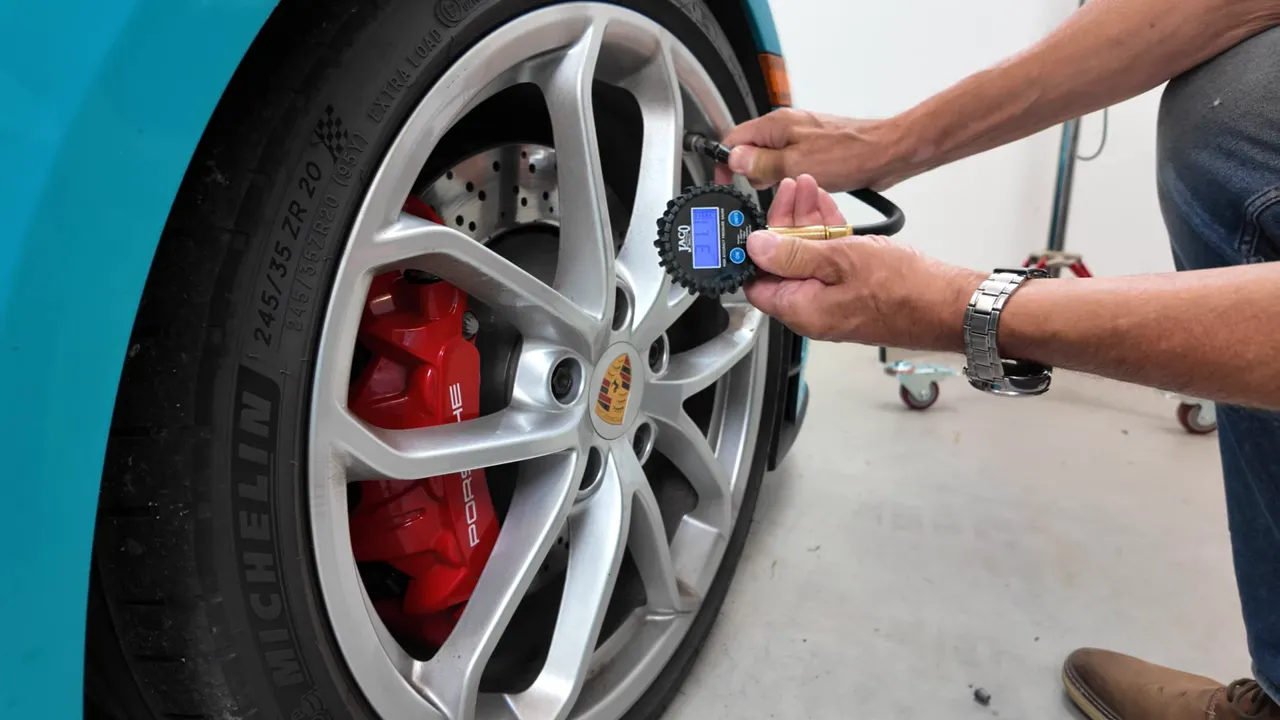
🎒 How to pack and day-of checklist
Pack the night before. Set out your clothes, check your gear, and fuel the car. I use soft zippered cargo bags and a helmet bag for storing essentials and to empty my glove box into a single zippered bag when I arrive.
- Pack important documents and small valuables in a zippered bag to keep them together and secure.
- Keep a small toolkit and consumables in one bag so you can quickly grab everything for tech inspection.
- Install numbers at home on a clean dry car.
- Bring a spare bottle of oil and a roll of paper towel in a sealed plastic bag.
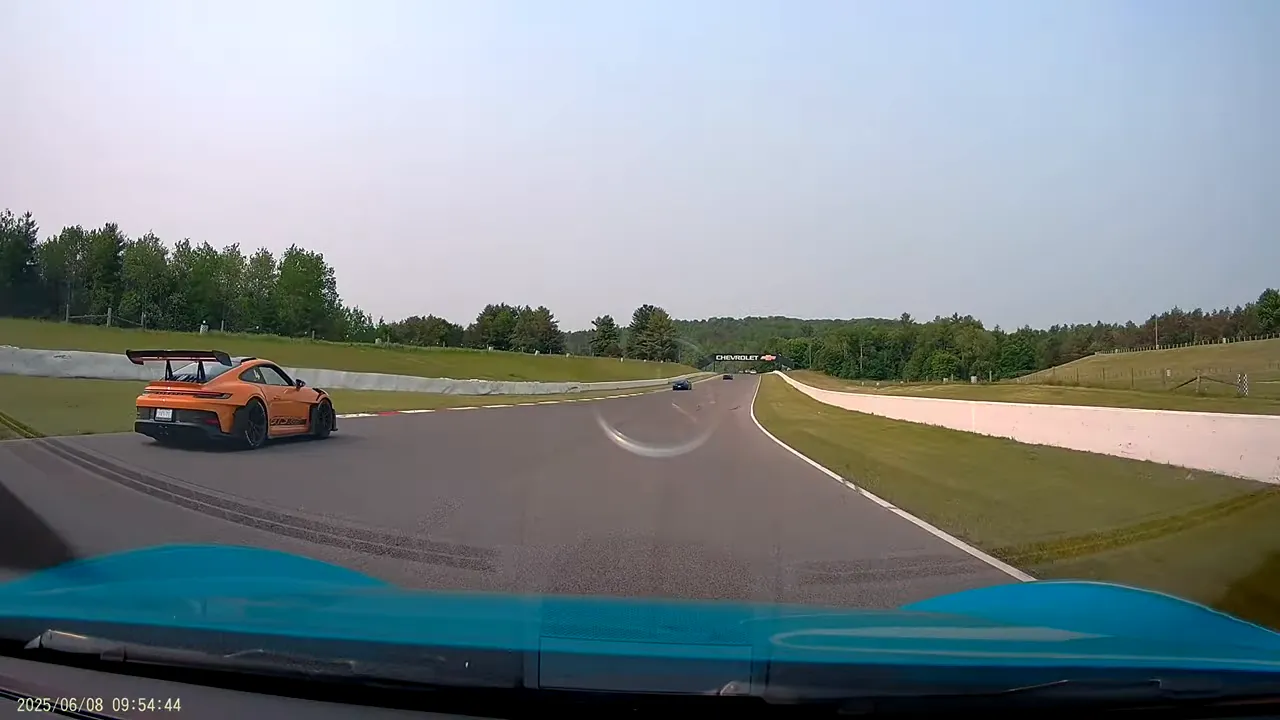
✅ Pro tip: the checklist that saved my track weekends
I still use a phone checklist after 250 track days. It’s not about being obsessive — it’s about not driving three hours to find out you left your helmet on the kitchen table.
JACO Superior Products ElitePro Digital Tire Pressure Gauge |
|
Check out this really cool thing |
| Check price on Amazon |
- Prepare a short checklist on your phone the night before: helmet, license, PCA card, tech form, fire extinguisher, shoes, clothing, tools, inflator, torque wrench, numbers installed, oil, coolant, water.
- Run through the list while you pack and again just before leaving home.
🔚 Conclusion
Track days changed my life as a car enthusiast — they will change yours too. The difference between a great day and a ruined one is usually a small checklist item or a tiny bit of extra preparation. Be safe, be prepared, and enjoy the ritual of getting ready as part of the experience.
❓ FAQ
Do I need a Snell-certified helmet or is any helmet ok?
Most PCA regions follow “current or one-previous” Snell SA rating for auto use, and M-rated Snell helmets are permitted under PCA’s 2025 minimum standards (SA is suggested, especially in higher run groups). As of the update date above, SA2020 is current; SA2015 generally sunsets after Sept 30, 2025 as SA2025 becomes available. Always confirm your specific region’s rules.
How often should I change brake fluid before a track day?
If it hasn’t been changed in the last year, get it bled and replaced by the shop doing your tech inspection. Old fluid absorbs moisture and can boil under track conditions.
What tire age is acceptable for track use?
Read the last four digits of the DOT code (WWYY). If tires are over ~5 years old they can harden and lose grip — many experienced drivers replace tires sooner for safety and consistency.
Can I bring synthetic clothing?
No. Avoid synthetics like polyester. Natural fibers (cotton, wool) are recommended because synthetics can melt in a fire and cause severe injuries.
Is a neck restraint mandatory?
It’s usually optional with stock 3-point belts, but highly recommended. If you use a multi-point racing harness (5-, 6-, or 7-point), a head-and-neck restraint is required under PCA rules.
What’s the most important single habit for a successful track day?
Make and use a simple checklist on your phone. It’s the one habit that saved my track weekends more than any other single thing.
If you want more detail on adjusting tire pressures throughout a wet or dry track day, check out my deep-dive on tire pressures and how to set them session-to-session.
